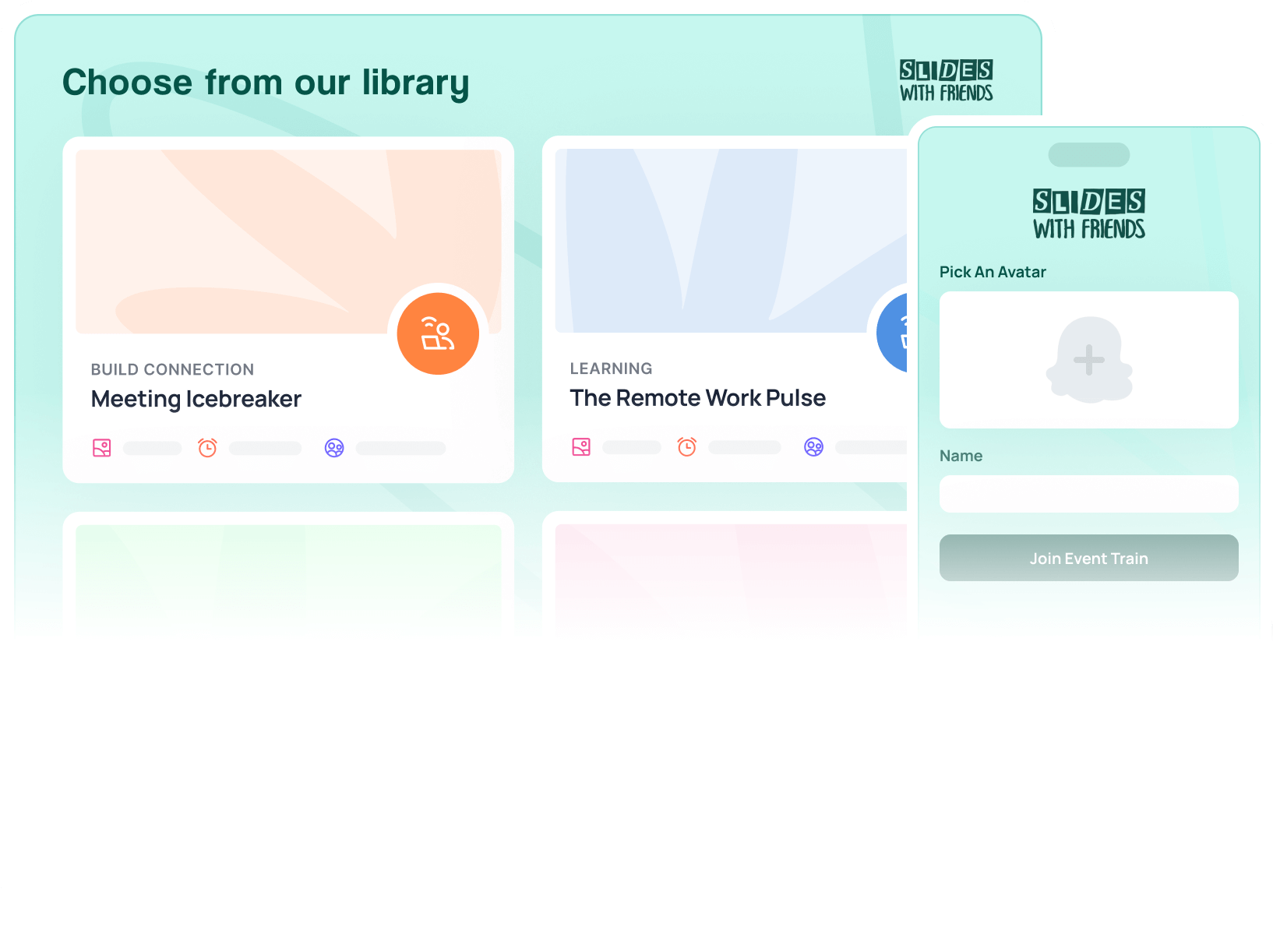8 Wellness Activities for Students - How to Support the Mental Wellbeing of High Schoolers
School is increasingly stressful and more students are struggling with anxiety and depression. It's up to teacher's to include wellness activities to help support the physical and mental wellbeing of students. Here are 8 wellness activities for students.

As a teacher, it's important to include wellness activities for your students in order to support their physical and mental wellbeing. According to the CDC, 37% of high school students reported poor mental health, specifically during the Covid pandemic. In addition, 44% reported persistent feelings of sadness or hopelessness in 2021.

Thankfully, the same study found a solution: School connectedness. Or, more specifically, those students who reported feeling connected to adults or other students at school, were less likely to feel sad or anxious.
That's why it's crucial for teachers to be proactive in supporting the mental health of their students.
In this blog post, we will discuss 8 of our favorite wellness activities for students.
Talk about Wellness and Wellbeing
One of the most important things you can do as a teacher is to open a dialogue about mental health with your students. Having discussions about wellness will help normalize the topic and make it easier for students to talk about their own mental health struggles.
Not only will talking about wellness create a safe space for students to discuss their own issues, it gives the entire class the skills to recognize mental health problems. High school students, and even college students, spend most of their day at school, so being surrounded by those aware of the signs creates a powerful support system.
You can start by talking about your own experience with mental health (and teacher's mental health is a rising issue!) or share an article on the topic. Then, open the floor for discussion. Just bringing up the topic is a great way to get to know your students and their individual needs.

The Take the Temperature Slides With Friends deck is a quick, easy way to get the general feeling for how your classroom is doing. And you can use the deck with remote, in-person, or hybrid classes.
Emoji Check-Ins
Part of creating an environment of wellness and wellbeing in the classroom is giving students access to the vocabulary to express how they're feeling. In fact, studies have found on average, people can only identify about 3 emotions, not at all enough to describe the wide range of feelings humans (and especially teenagers!) feel on a daily basis.
“If we want to find the way back to ourselves and one another, we need language,” she writes, “and the grounded confidence to both tell our stories and to be stewards of the stories that we hear.”
- Brene Brown, Atlas of the Heart
One way to lower the barrier of discussing emotions is to use pictures, or in this case emoji’s. Emoji check-ins are a great way to get a quick pulse on how your students are feeling. At the beginning of class, have students choose an emoji that represents how they're feeling. This is a non-verbal way for students to share how they're doing without having to share their feelings out loud.
Yoga

One of our favorite wellness activities for students is yoga. Yoga has been shown to be beneficial for mental health, as it can help reduce stress and anxiety. It's also a great way to get students moving their bodies and getting some exercise.
Jai Sugrim is a New York yoga teacher and creator of a yoga curriculum for high school students. His goal is to teach mindfulness and awareness in the classroom, so it can be applied outside the classroom.
“We’re looking for kids to reduce their anxiety levels, have a tool in their back pocket, to adjust their physiology, their posture, their breathing, to access a relaxed and focused state for test-taking, anxiety, or problems at home.”
- Jai Sugrim, The Art of Aging
There are several resources for those looking for easy yoga poses for high school students, including this sequence designed just for teens. And check out Yoga with Adriene for a 20 minute yoga practice designed just for teenagers.

Journaling
Another great wellness activity for students is journaling. Journaling can help students process their thoughts and feelings, and it's a great way for them to express themselves creatively.
There are 3 ways we love to see journaling used in the classroom to support student wellness. The first is to provide a writing prompt focused on processing and accessing emotions. A prompt encourages students to think about feelings they might not normally access.
The second way to encourage journaling is a bit more involved, but worth the effort. Print off bullet journal pages for students to put in a binder with mood and trigger trackers. Students can mark how they're feeling, what habits they're keeping, or even just indicate what's going on in their lives. Bullet journal pages are almost like unspoken writing prompts!

Finally, have student’s journal about what they're grateful for daily. Gratitude has been found to decrease anxiety and support mental health. Taking a few minutes a day to focus on the good in life can really help students manage their daily stress.
If you don't have time to have student’s journal during class, you can assign it as homework or give them extra credit for doing it on their own time.
Mindfulness Moments
Mindfulness is another excellent tool for supporting the mental health of students. Mindfulness can help students focus and pay attention, as well as reduce stress and anxiety.
“The better we get at being mindful, the more fluid life becomes and the better we become at responding skillfully to each moment. It becomes easier for us to choose healthy coping strategies in the moment, such as taking a break and having a cup of tea outside under a tree, rather than demolishing a bag of chocolate chip cookies. It can also allow for faster recovery from stressors when they arise, as they inevitably do.”
- Eric Loucks, PhD, The Mindful College Student: How to Succeed, Boost Well-Being & Build the Life you Want at University and Beyond.
There are many mindfulness activities that you can do with your students, such as deep breathing exercises, guided visualization, or even just a few minutes of silence.
You can also incorporate meditation into these mindfulness moments. Meditation can be a great way for students to calm their minds and bodies.
Art Therapy

Art therapy is a great way for students to express themselves creatively and process their emotions. This form of therapy can also be very relaxing and therapeutic, reducing stress and anxiety in children and adults alike.
One simple way to encourage art therapy in the classroom is to provide coloring sheets or adult coloring books for students. These low-cost creative outlets serve as fantastic stress reducers. Let your students know they can have access to the coloring station whenever they have free time or the need.
Nature Scavenger Hunts
Scavenger hunts are a great way to get students up and moving, which has been found to improve health and wellness. However, when you connect a scavenger walk or hunt with the great outdoors, you give students the added benefit of being outside. Spending just 30 minutes a day outside reduces stress levels, helps social interactions, reduces ADHD symptoms, and even boosts standardized testing scores!
And putting together a nature scavenger hunt doesn't have to be difficult. You can hide items around your school grounds or even take a walk through a nearby park. Check out these printable lists for ideas.
For older students, try a photo scavenger hunt by using Slide With Friends Scavenger Hunt Challenge. Customize the prompts to ask for pictures of nature and send the class out, then gather again for a time of photo sharing.

Scavenger hunts are a fun activity for the whole class and they can help students appreciate the world around them.
Words of Affirmation
Words of affirmation are a simple but powerful way to show your students that you care about them. And, because we adore science here at Slides With Friends, we have to point out words of affirmation improve moods and encourage positive habit changes.
Whether it's telling them they did a great job on their latest assignment or just saying something like "I'm so glad you're here," words of affirmation can go a long way in supporting the mental health of your students.
A Final Thought - The Power of Being There for Students

Finally, one of the best ways to support the mental health of your students is to simply be there for them. Listen to them when they need to talk, and let them know that you care. Showing your students you are invested in their wellbeing can make a huge difference in their lives.
You're vitally important, teachers. Thanks for all you do for our kids.


Ready to ditch the dull, and run team sessions that people will actually enjoy?
Get started with a Slides with Friends deck in no time. We’ve got all the interactive features you need in one easy-to-learn, easy-to-set-up tool.















